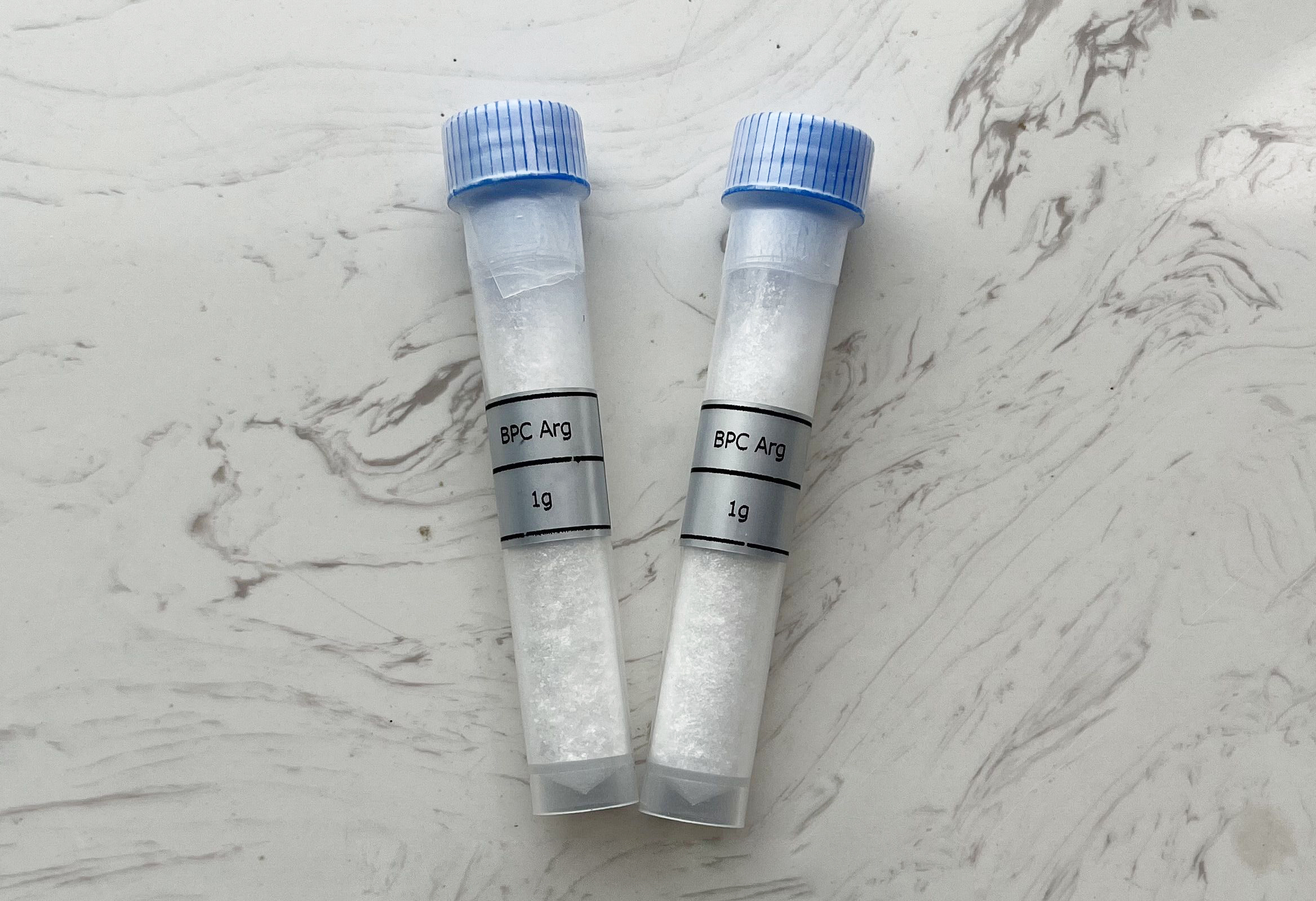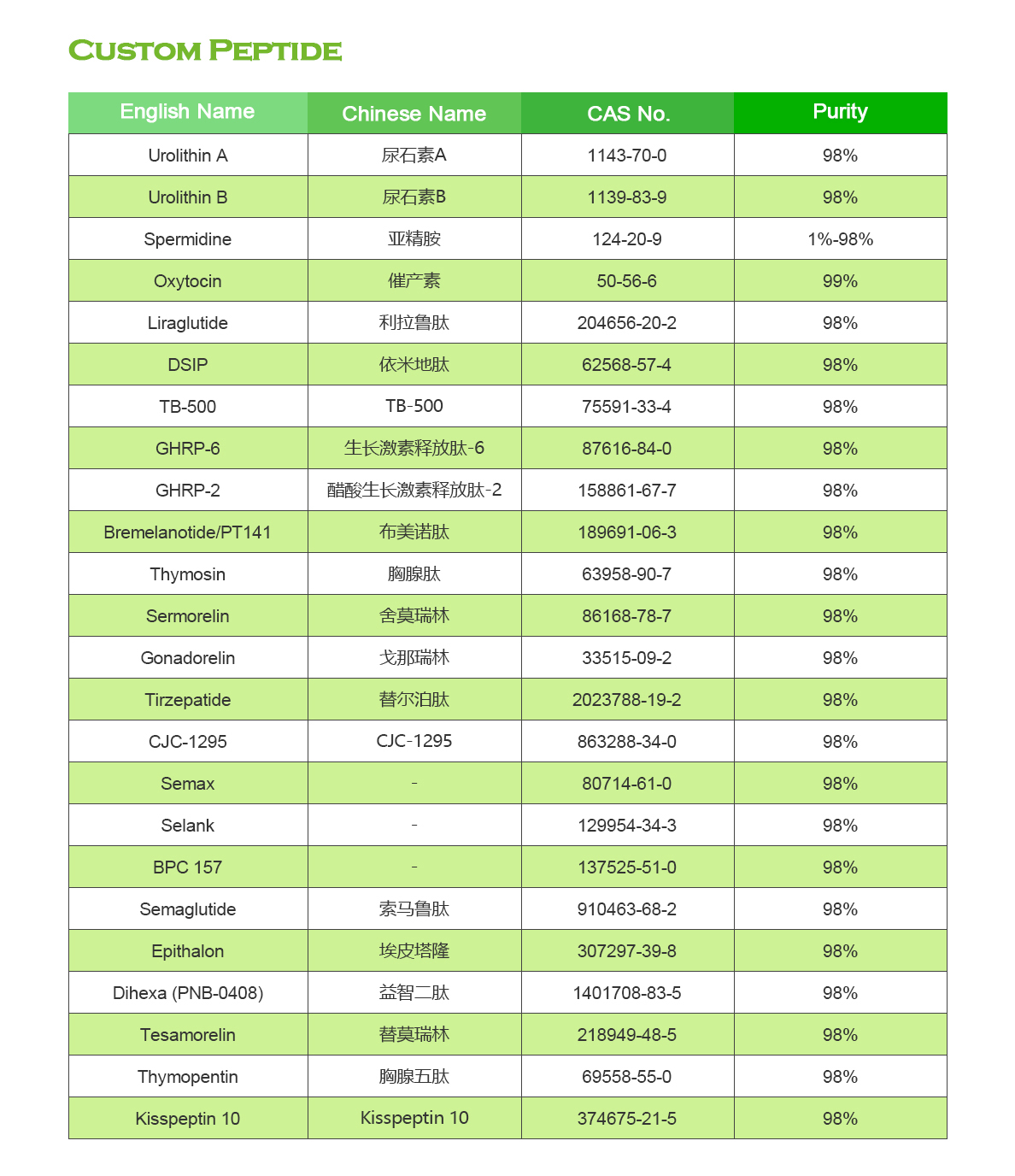BPC-157, or Body Protective Compound-157, is a synthetic peptide derived from a naturally occurring peptide called BPC, which stands for Body Protective Compound. BPC-157 is a sequence of 15 amino acids that is believed to have regenerative and protective effects on the body.
Research on BPC-157 has primarily focused on its potential therapeutic benefits, including its ability to promote healing and repair in various tissues, such as muscles, tendons, ligaments, and the gastrointestinal tract. Some studies suggest that BPC-157 may have anti-inflammatory properties and could play a role in accelerating the healing of injuries.
It’s important to note that while there is ongoing scientific research on BPC-157, much of the available information comes from preclinical studies and animal trials. As of my last knowledge update in January 2022, more research is needed to fully understand the safety, efficacy, and potential applications of BPC-157 in humans.

How to use BPC-157?
BPC-157, or Body Protection Compound 157, is a peptide that has been studied for its potential healing properties, especially in relation to the gastrointestinal system and other tissues. It’s important to note that while there is some research on BPC-157, its safety and effectiveness in humans are not yet well-established, and it is not approved for medical use by regulatory authorities.
If you are considering using BPC-157 or any other peptide, it’s crucial to consult with a healthcare professional before doing so. Only a qualified medical professional can provide personalized advice based on your health history and specific needs. Self-prescribing or using peptides without proper guidance can lead to potential risks and complications.
If a healthcare professional does determine that BPC-157 is appropriate for you, here are some general guidelines for its use, based on the limited available research:
Dosage: Dosages can vary, and there is no universally accepted standard. Typically, BPC-157 is administered through injections. Dosages in the literature often range from 250 mcg to 500 mcg per day. However, the best dosage for you should be determined by a healthcare professional.
Administration: BPC-157 is usually injected subcutaneously or intramuscularly. Clean the injection site with alcohol, use a sterile syringe, and follow proper injection techniques.

Frequency: The frequency of BPC-157 injections can vary. Some studies suggest daily injections, while others propose using it every other day. The optimal frequency may depend on the specific condition being treated and individual response.
Storage: Peptides like BPC-157 are often sensitive to temperature and light. Follow the storage instructions provided by the manufacturer to maintain the stability and effectiveness of the peptide.
Monitoring: Regularly monitor your health and any potential side effects. If you experience any adverse reactions, consult your healthcare provider immediately.
Remember that BPC-157 is not a substitute for professional medical advice, diagnosis, or treatment. Always consult with a qualified healthcare professional before considering the use of peptides or any other substances for therapeutic purposes.
